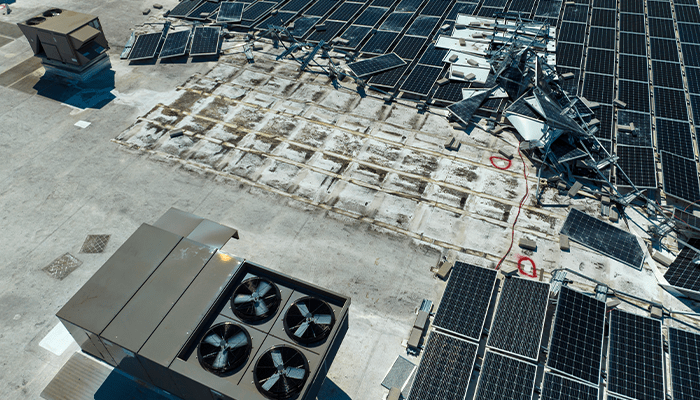
“Conditions of Coverage” or Conditions Voiding Coverage?
Claims happen worldwide every day. Thankfully, insurance carriers are in the business of paying these claims. The issue arises on more complex claims, where the potential loss is larger and coverage hinges on a condition in the policy. Insurance carriers can be very creative when it comes to drafting language that affords coverage only if you meet certain conditions, also known as “conditions of coverage.”
Some of the more common examples where insurance carriers protect themselves include:
- Protective Safeguards Endorsement
- These endorsements ensure the maintenance of all protective safeguards, such as automatic sprinkler systems or burglar alarm systems, are a condition of coverage. In other words, if they are not operational at the time of loss, coverage is VOID.
- Law & Ordinance Coverage
- This critical coverage often goes untouched and so unnoticed until the time of loss. When there is a need to pay for increased costs of construction due to laws and ordinances enacted after the building was originally constructed, this coverage applies with conditions such as, the property must be rebuilt within two years or no coverage.
- Why is this an issue? Thinking of Hurricane Sandy and the State of New Jersey, it took well over a year for FEMA and construction in general to start with the latest laws and ordinances in effect, ultimately only leaving a few months for insureds to rebuild their property according to code. Needless to say, many insureds had large unpaid losses on their books. If time restrictions or conditions otherwise are not met, coverage is void.
- Debris Removal Coverage
- This coverage pays for the expense to remove debris following a loss, like charred wood after a fire. The danger is in how carriers separate the “loss payable” from “debris removal expense.” Typically, debris removal only provides coverage for “covered property,” only pays up to 25% of the loss and must be reported in writing within 180 days of the damage.
- To exemplify where the concern arises, assuming a $0 deductible, all debris is covered property, and timely reporting: Even with a $100 million blanket property limit, when there is a $100,000 fire loss including $50,000 in debris removal expense, only $75,000 is paid, leaving the insured with an unfunded liability of $25,000. This scenario can scale up painfully fast in a large fire, windstorm, etc.
- Warranty Statements
- Found on applications, warranty statements ensure all representations made by the Insured become a part of the policy and thus a condition of coverage. This means no matter how well coverage was negotiated or how well the underwriter understands the risk, any misrepresentations on the application will come into play during the time of loss. The goal is not to misrepresent, but to honor the trust between carriers and insureds. Misrepresentation is already written into the policy form. Especially considering how often life changes, we do not want “human error” to be a factor. If any warranties made are incorrect, the policy and/or coverage is void.
Ultimately, when you have a covered claim, you expect carriers to pay that claim. Conditions of coverage found in every insurance policy are designed to help the carrier avoid paying claims in certain scenarios, and U.S. caselaw supports carriers in this effort. For more information on identifying, amending and removing dangerous conditions of coverage, please contact the AP Real Estate Team.
Featured News & Insights

The commercial real estate insurance market is shifting, and if you’re managing risk for your properties, there’s a lot to keep an eye on. The good news? Property insurance rates are finally coming...

Proactive risk management is essential for protecting your hotel property and business reputation. From assessing your business income requirements to ensuring proper subcontractor agreements,...

Because wind and hail damage can have significant impacts on commercial buildings, you need insurance professionals who understand commercial real estate to help advise you every step of the way....